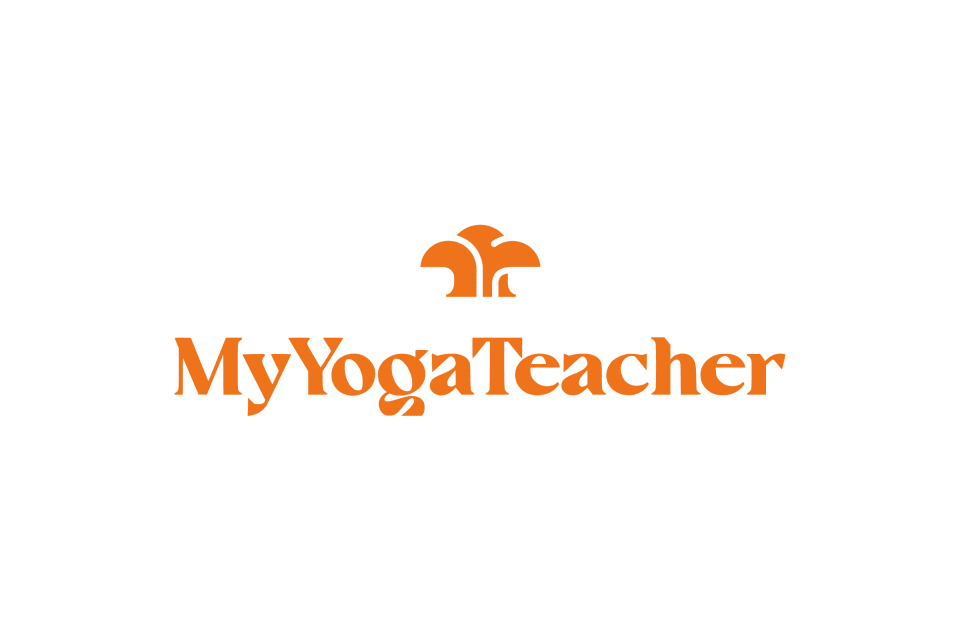myYogaTeacher has a New Look and Feel!

We've upgraded our website.
First – What's the same?
We are who we've always been. Your classes and teachers will continue to give you the best, most authentic yoga experience possible!
The functionality of the website and app is all the same, so you can continue to book and join classes with ease.
Over time, we will continue to improve the functionality and ease of the website. We usually do this based on feedback from students like you.
What's New?
The new look and feel of the website is meant to reflect our community values and mission – to help you feel healthier and happier every day!
The site is lighter, happier, cleaner, less cluttered.
Right now, you'll notice most of the changes are on the homepage myyogateacher.com and our articles myyogateacher.com/articles.
But the biggest change is...
Our New Logo – The Banyan Tree
We invite you to join us as we reconnect with ourselves, and each other, under the banyan tree.
Make sure to take note of the new logo (the Banyan Tree in the top pic), so you can find the app on your phone and continue to join amazing yoga classes with your MyYogaTeacher community!
If you don't have it already, you can download the app here.
Online Yoga Classes – Live & Interactive
Get 2 free private yoga sessions and 2 weeks of unlimited group classes with authentic yoga teachers. No credit card required when you sign up today!
Share this post?
Interesting Articles
International Yoga Day!
We're celebrating International Yoga Day this weekend! So you'll see a bunch of special classes (for this weekend only)!You see, the purpose of ...
Continue ReadingYoga for Golfers: 9 Poses and Practices for Improved Flexibility and Performance
Golfing can be a physically and mentally demanding sport, but did you know that practicing yoga can help improve flexibility and performance on the go...
Continue ReadingYoga For Hypertension: 5 Yoga Asanas to Lower Your Blood Pressure
Hypertension or high blood pressure is a common condition that can affect your arteries. Nearly one in three people experience hypertension each year....
Continue ReadingRecent Articles
Neck and Shoulder Yoga for Pain Relief : New 1-on-1 Series!
Announcing A New 1-on-1 Series! We’re offering a new series of 1-on-1 classes! Our Neck and Shoulder Yoga for Pain Relief is designed to hel...
Continue ReadingOur New And Improved Group Class Platform!
Here's a quick walkthrough of our new GC interfaceExciting news! Our platform got an upgrade!MyYogaTeacher is always evolvi...
Continue ReadingNew 1-on-1 Hip Opening Series: Unlock Freedom in Movement
The new transformative 1-on-1 Hip Opening Series, specially designed to release tension and boost strength and mobility in your hips, is the perfect w...
Continue Reading© Copyright 2020 MyYogaTeacher Inc

